Elder abuse is a difficult subject. The media, healthcare institutions and the government are paying more attention to it. Is elder abuse increasingly common? It is certainly more common than we think. One of the reasons could be that there are more people with Dementia, more and more caregivers who can no longer cope with care for the elderly with Dementia.
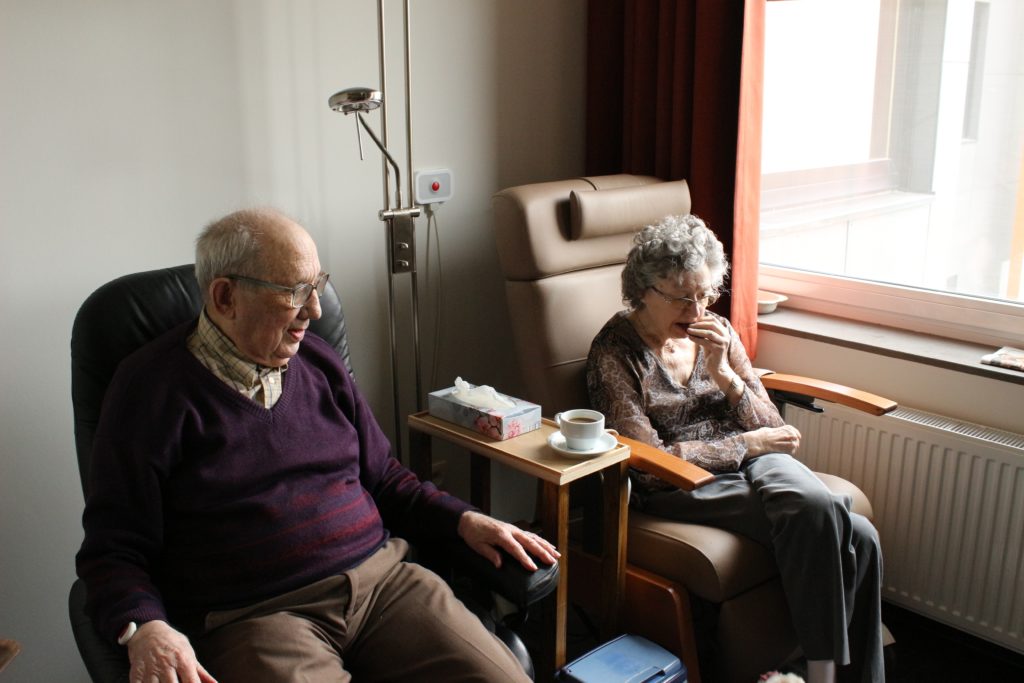
Our elderly do not easily talk about it themselves, out of fear or shame. Moreover, they often do not know to whom they can go. For people in the environment of the elderly, it is difficult to identify elder abuse and to start a conversation about this. They often doubt whether their suspicions are correct and how they can make it negotiable.
The abuse
The abuse can be both active and passive. Active forms include committing acts, in particular, disproportionate use of freedom-restricting-means; pushing, rough grasping and slapping, but also financial abuse. Passive elder abuse, on the other hand, concerns the failure to act or ignore situations.
There are two definitions of elder abuse:
Intentional abuse
- the deliberate infliction of pain or physical injury due to acts or omissions;
- deliberate abuse of the position of the dependent elderly; examples: structural physical/psychological/sexual violence;
- financial exploitation.
Derailed care
Derailed care is informal care that, due to overload, exceeds the limit of good care:
- concerns two victims instead of a victim and a perpetrator;
- there may be powerlessness, ignorance or isolation (also called (mis)treatment).
It’s important not to play down the seriousness of the situation. Derailed care often stems from ignorance and impotence. There is also an unacceptable situation with regard to derailed care. In the case of derailed care, the caregiver is not rejected but the act (= method of providing care).

Types of elder abuse
Elder abuse has many forms:
Physical abuse
Every form of hurting the other physically:
- kicking,
- hitting,
- pinching,
- pulling hair,
- burning.
But also: tying up, forcing to take too much or too little medication.
Signals physical abuse
- bruises,
- burns,
- cuts,
- scrapes,
- blisters,
- swellings,
- stretch marks,
- drowsiness,
- apathy,
- depression or unexplained anxiety,
- exaggerated shock reaction in the event of an unexpected touch,
- inconsistent statements about injuries,
- skittish or withdrawn behavior.

Psychological abuse
Every form of hurting the other psychologically:
- systematically bullying,
- harassing,
- challenging,
- scolding,
- teasing,
- threatening,
- humiliating,
- putting pressure,
- blackmailing,
- bribing,
- putting them in a bad light.
Signals of psychological abuse
- inexplicable fear,
- confusion,
- sadness,
- crying for no apparent reason,
- insomnia,
- lack of appetite,
- timidity,
- distrust of everything and everyone,
- low responsiveness.
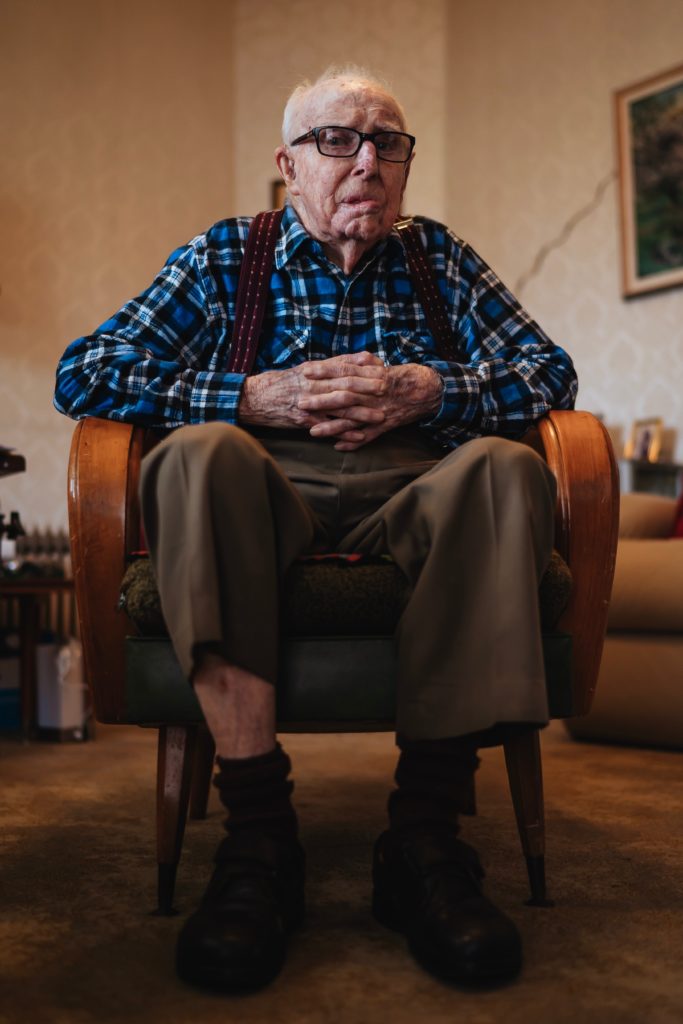
Other signs that may also indicate psychological abuse are:
- no access to social contacts,
- being locked up in the house,
- no privacy when visitors come.
An elderly person can sometimes be mistreated by someone who often visits and with whom they seem to have fun with. Sometimes the elder thinks this is better than no one coming to visit. “
Neglect
Every form of barrier denying access to the basic needs that’s essential for every living person:
- not enough food
- not enough to drink
- hardly any physical and/or domestic hygiene
- inadequate emotional care, attention, love, warmth and/or respect.
Signals of neglect
- losing weight due to malnutrition,
- dehydration,
- poor hygiene,
- strong body odor,
- unkempt and unwashed hair,
- physical deterioration,
- not enough food and drinks in the house (look in the fridge),
- indifference,
- depression,
- apathy,
- frustration.

Financial exploitation
Any kind of taking away and taking advantage of the possessions of the elder without them knowing it:
- stealing a bank card,
- jewelry and other valuables,
- using the elders’ card to withdraw money or go shopping for oneself,
- sell possessions of the elder,
- extortion,
- change their will by force.
Signals of financial exploitation
- inexplicable cash withdrawals,
- regular debits of small debit card payments,
- the disappearance of jewelry and other valuables from home,
- debts,
- rent or mortgage arrears,
- striking increasing interest by the family in money and/or possessions of the older person.

Sexual abuse
Any form of sexual acts with or in the presence of the elder without their permission:
- taking nude pictures,
- groping,
- assaulting,
- raping,
- confronting with pornographic material.
Signals of sexual abuse
- bloodstains in clothing and bedding,
- venereal diseases,
- bruises on the inside of the thighs,
- problems with sitting and walking,
- anxiety during physical care and/or examination,
- nightmares.
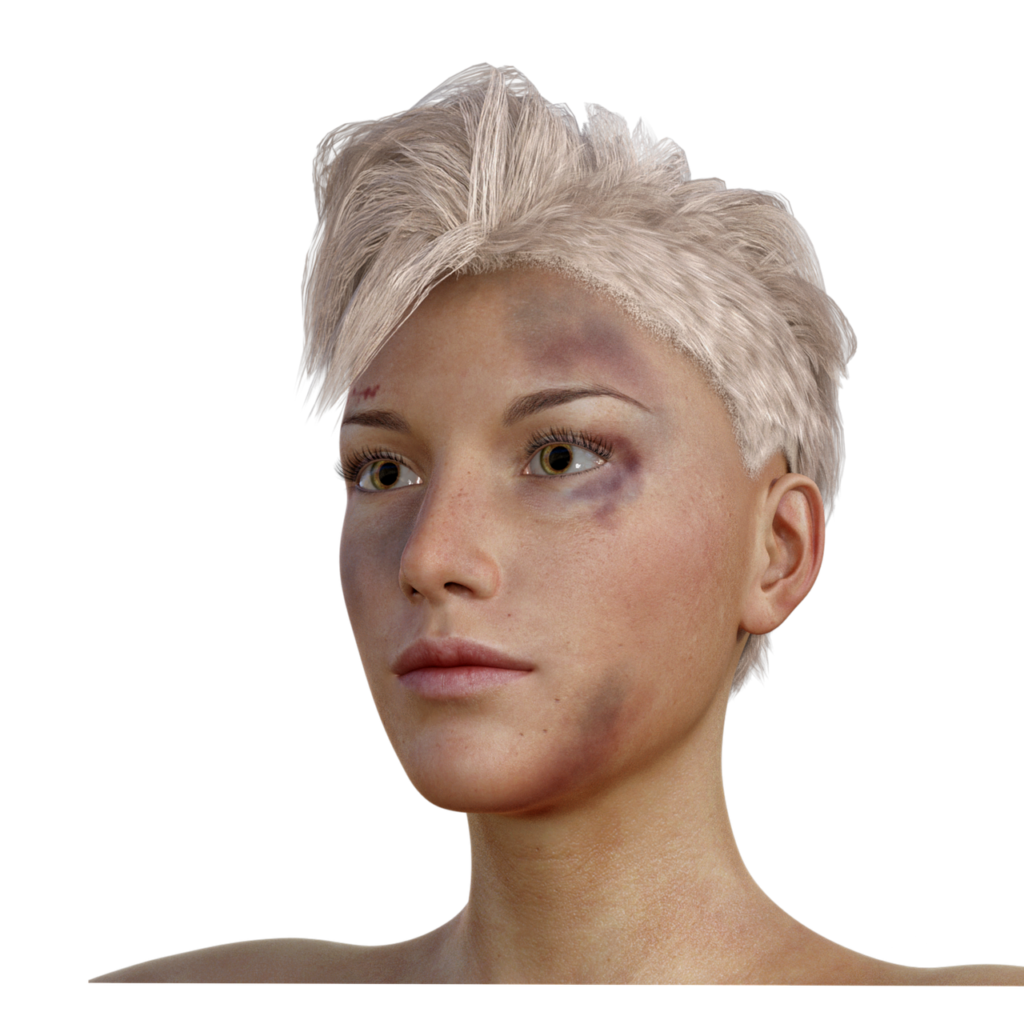
Violation of rights
Any form of restriction on freedom, privacy, and self-determination:
- no social contacts,
- no visitors,
- no telephone,
- no personal mail (no knowledge of),
- being locked up.
Signals of violation of rights
- anxious,
- insecure,
- withdrawn,
- depression,
- nightmares,
- submissive attitude towards others.

Elder abuse in a home situation
Elder abuse often arises because the elder is dependent on the person taking care of him or her. This can be an informal caregiver, but also a professional.
More than 1 of the 10 elderly people living at home have to deal with a form of abuse. The most common form of this is financial abuse.
For most victims, it is a question of repeated and systematic abuse.
In addition to financial disadvantage, this also includes psychological and physical abuse. Research shows that the victims are men and women just as often and are often in a vulnerable situation. The perpetrators are often acquaintances of the victim: partner, children, grandchildren, nurse or caregiver.
As the elderly become more dependent, the risk of abuse also increases. The caregiver or others can become overburdened by the needs of the person asking for care. Cohabiting elderly people appear to be abused more often than the elderly living alone.
Elder abuse is difficult to detect because many older people do not report abuse. They often depend on the other. They are scared, ashamed or feel powerless. “
Signals in a home situation
Although an elderly person often does not tell you, you can sometimes recognize elder abuse by paying attention to certain signals. For example:
- the elderly person looks unkempt;
- the elderly person has bruises in strange places;
- the elderly person makes a frightened and depressed impression;
- the older person gets more and more debts;
- the caregiver is indifferent about the situation of the older person;
- the caregiver does not allow others to be alone with the older person;
- how does the caregiver talk about the older person?
- what is the relationship like?
- the house is dirty and unheated;
- the laundry is piling up;
- the telephone is locked;
- a pile of unopened mail.

Elder abuse in institutions
Although many professionals and volunteers care for clients with dedication, unacceptable behavior or mistreatment also occurs in care institutions. In the development of elder abuse in care institutions, overloading (derailed care) and team culture can play an important role according to the research of the WHO.
Dementia training for staff in care homes and hospitals
The prevalence of elder abuse in institutions is high. Within institutions, abuse is more likely to occur where:
- standards for health care, welfare services, and care facilities for elder persons are low;
- staff are poorly trained, remunerated, and overworked;
- the physical environment is deficient;
- policies operate in the interests of the institution rather than the residents or patients.
Lack of training is an important cause of poor-quality care. The staff may be unable to communicate effectively with people with Dementia who experience behavioral and psychological symptoms.

This can mean that people with Dementia do not receive person-centered care, are deprived of their legal rights and receive inappropriate treatments. Such as physical restraint and antipsychotic drugs, which can exacerbate symptoms.
Health and social care professionals should receive training to provide high-quality, person-centered care to improve dignity and quality of life even when communication has diminished.”
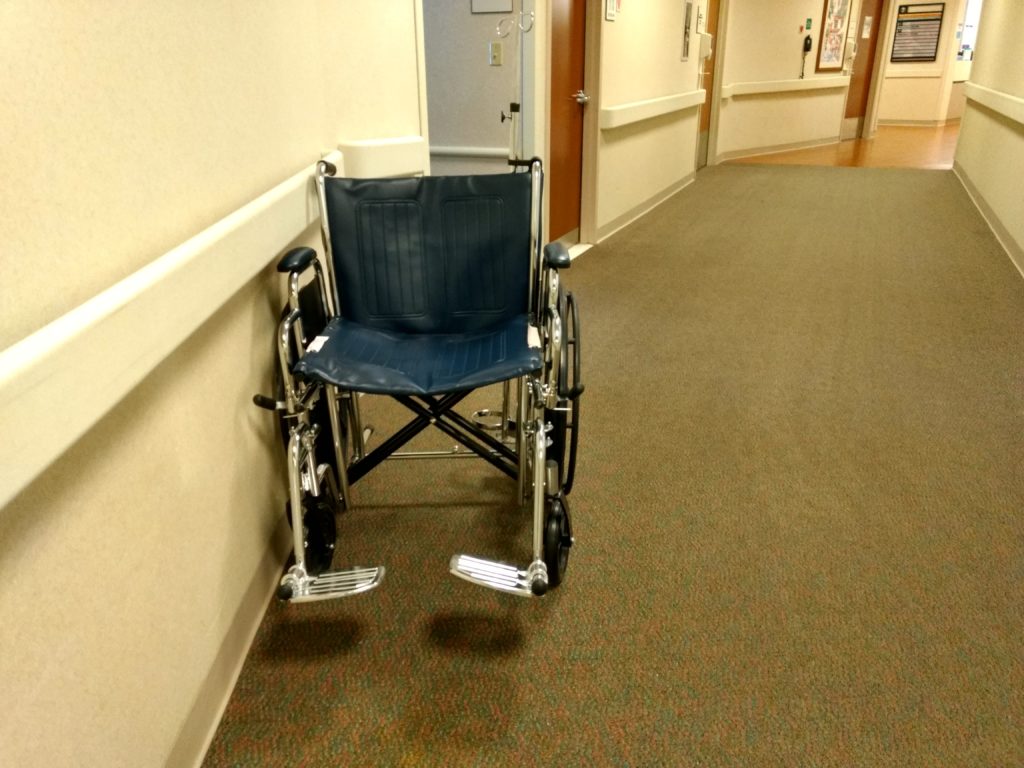
Take action
Elder abuse research, especially in institutions, is still in its infancy. However, research has shown that elder abuse occurs in every country with nursing and residential facilities and anecdotal evidence suggests that abuse may be very prevalent.
Elder abuse will not stop on its own. Someone else needs to step in and help. Many people with Dementia are unable to communicate mistreatment. Older people are too ashamed to report it. Or, they’re afraid if they make a report it will get back to the abuser and make the situation worse.
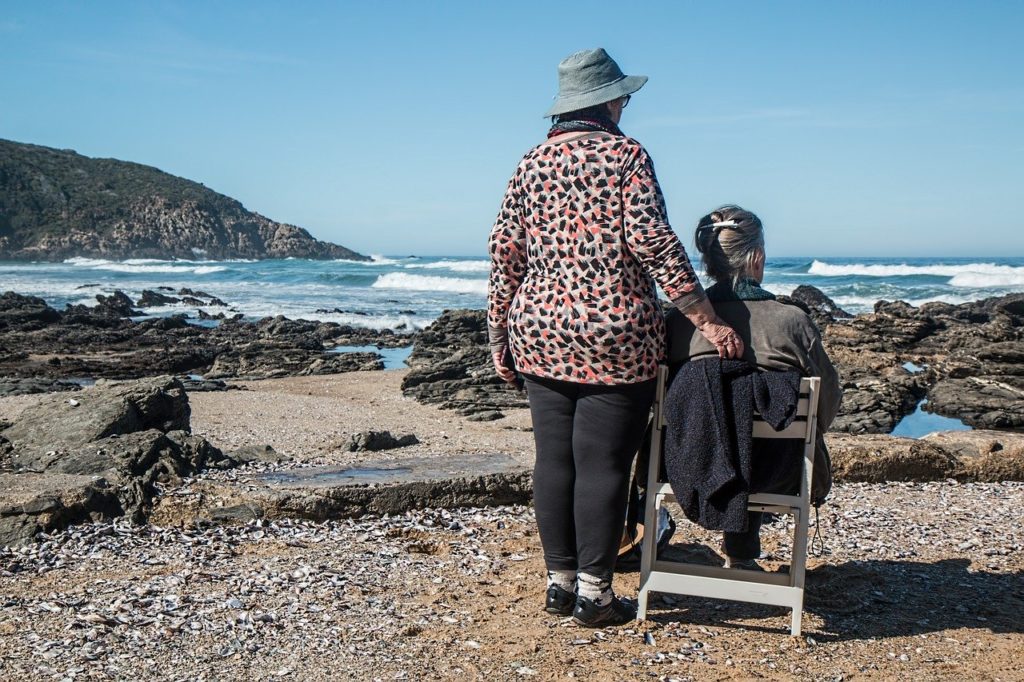
If you think someone you know is being abused — physically, emotionally, or financially — talk with him or her when the two of you are alone. You could say you think something is wrong and you’re worried. Offer to take him or her to get help, for instance, at a local adult protective services agency.
Many local, state and national social service agencies can help with emotional, legal, and financial problems.

If you want to have a dialogue about this subject or have other questions, please contact us via our contact form, Facebook page, Instagram or Twitter.
Introductory and intake interviews are always free! The conversations can take place both live and via Skype.
